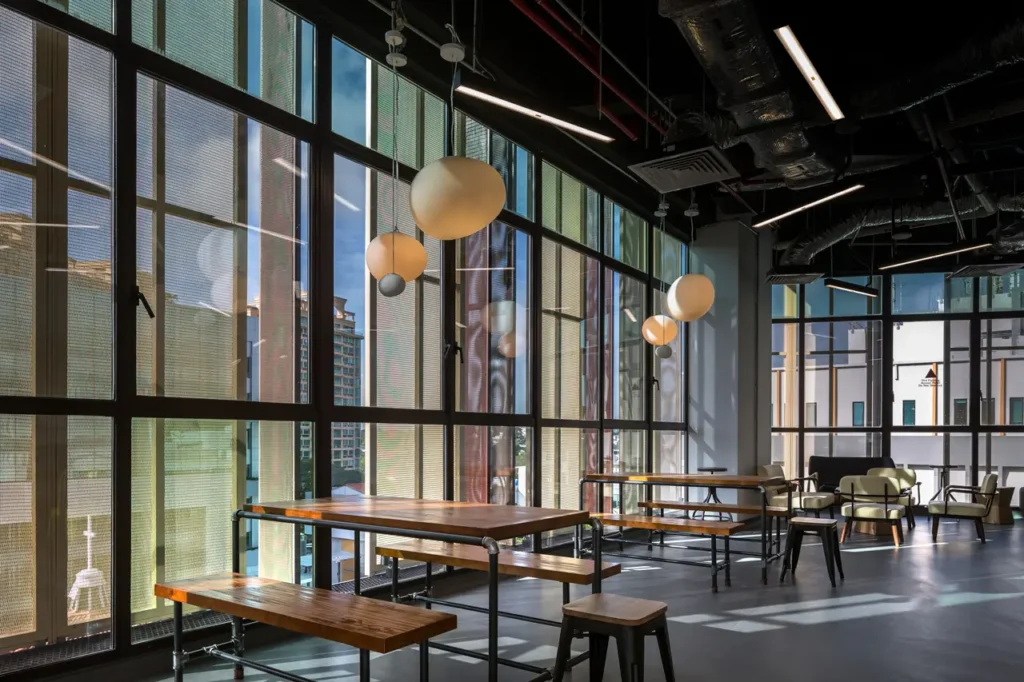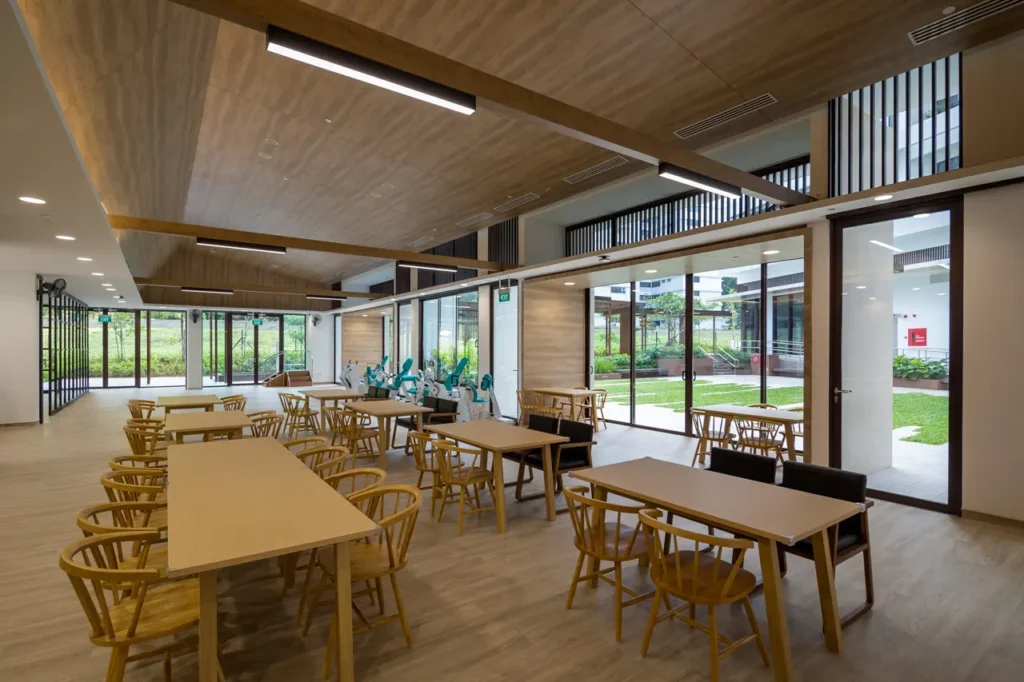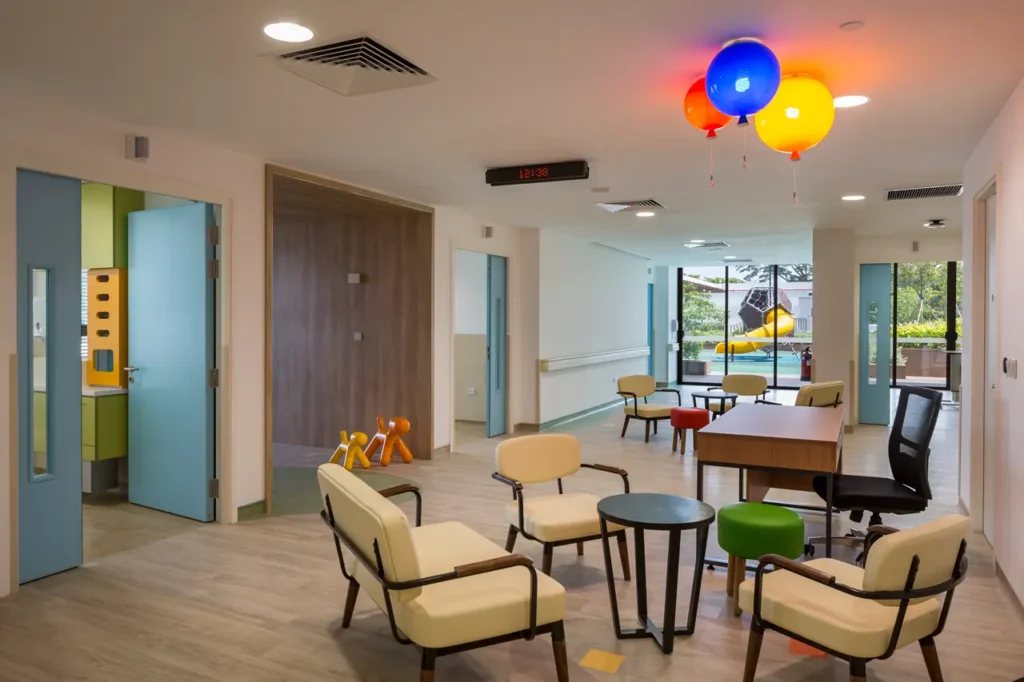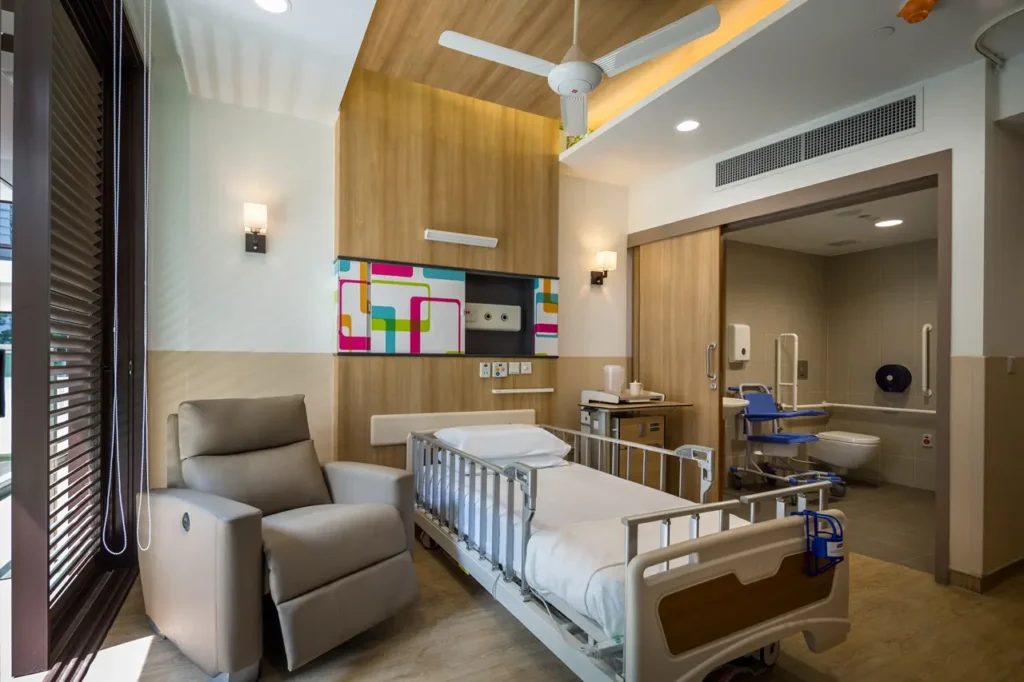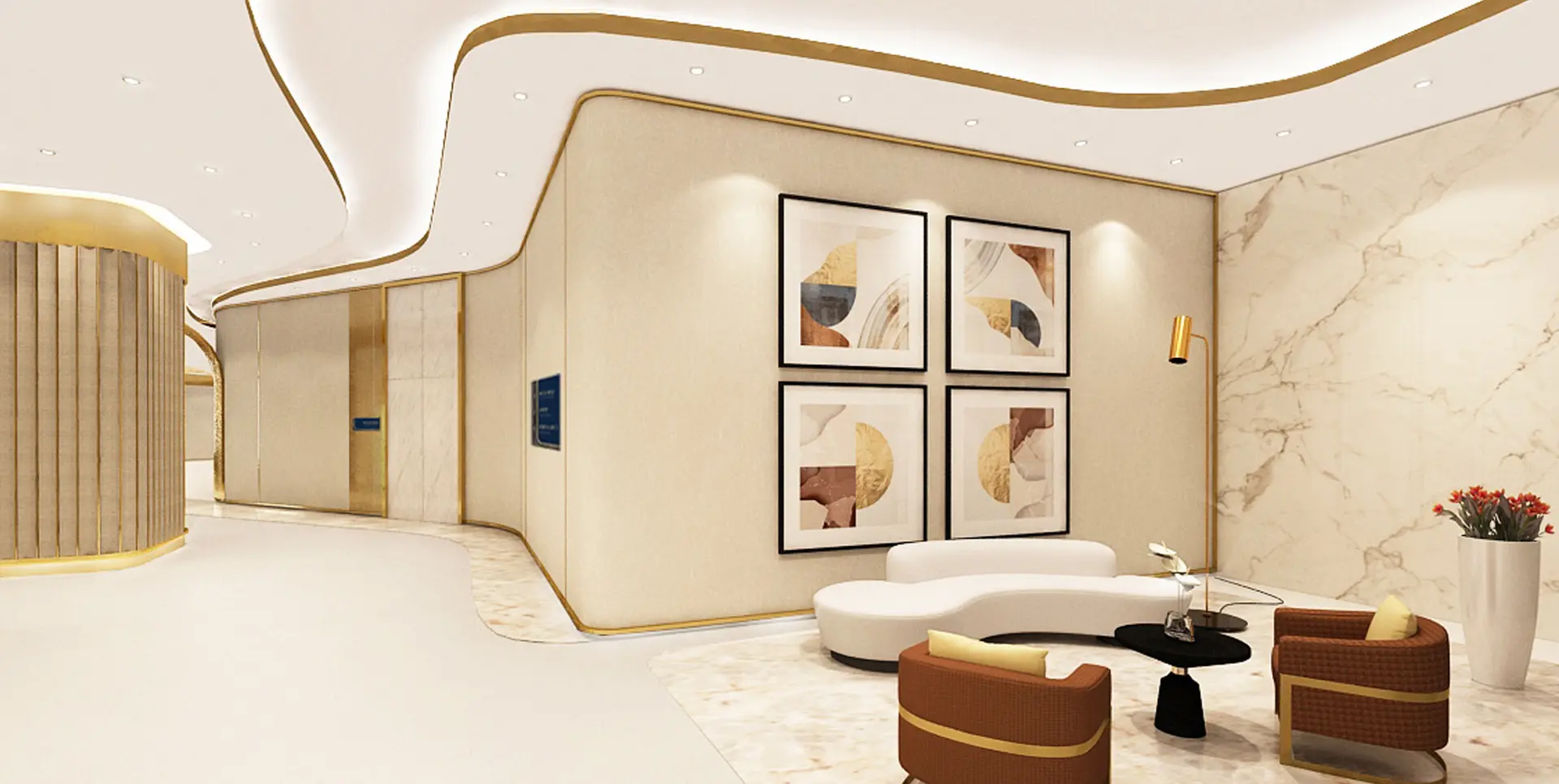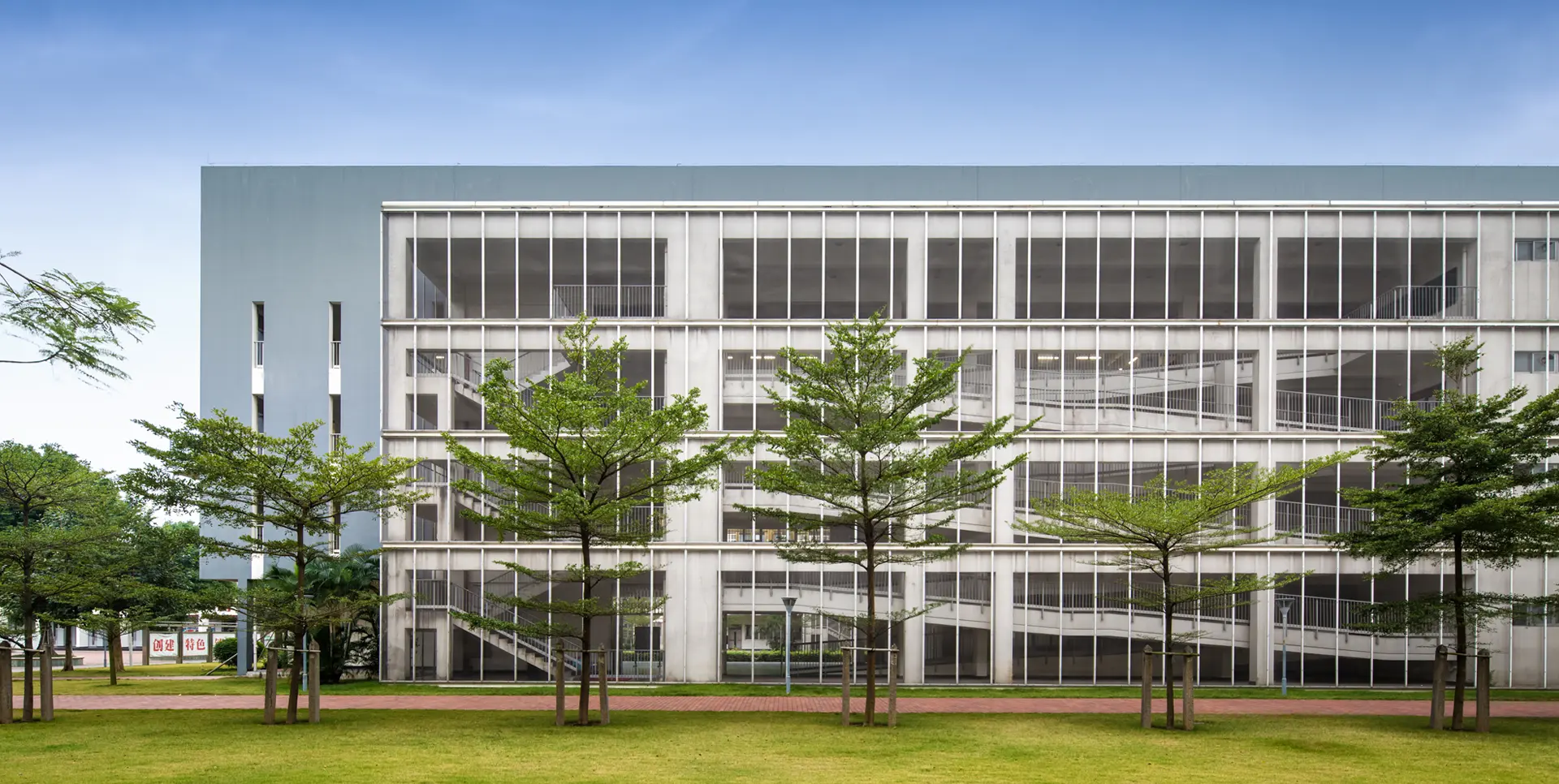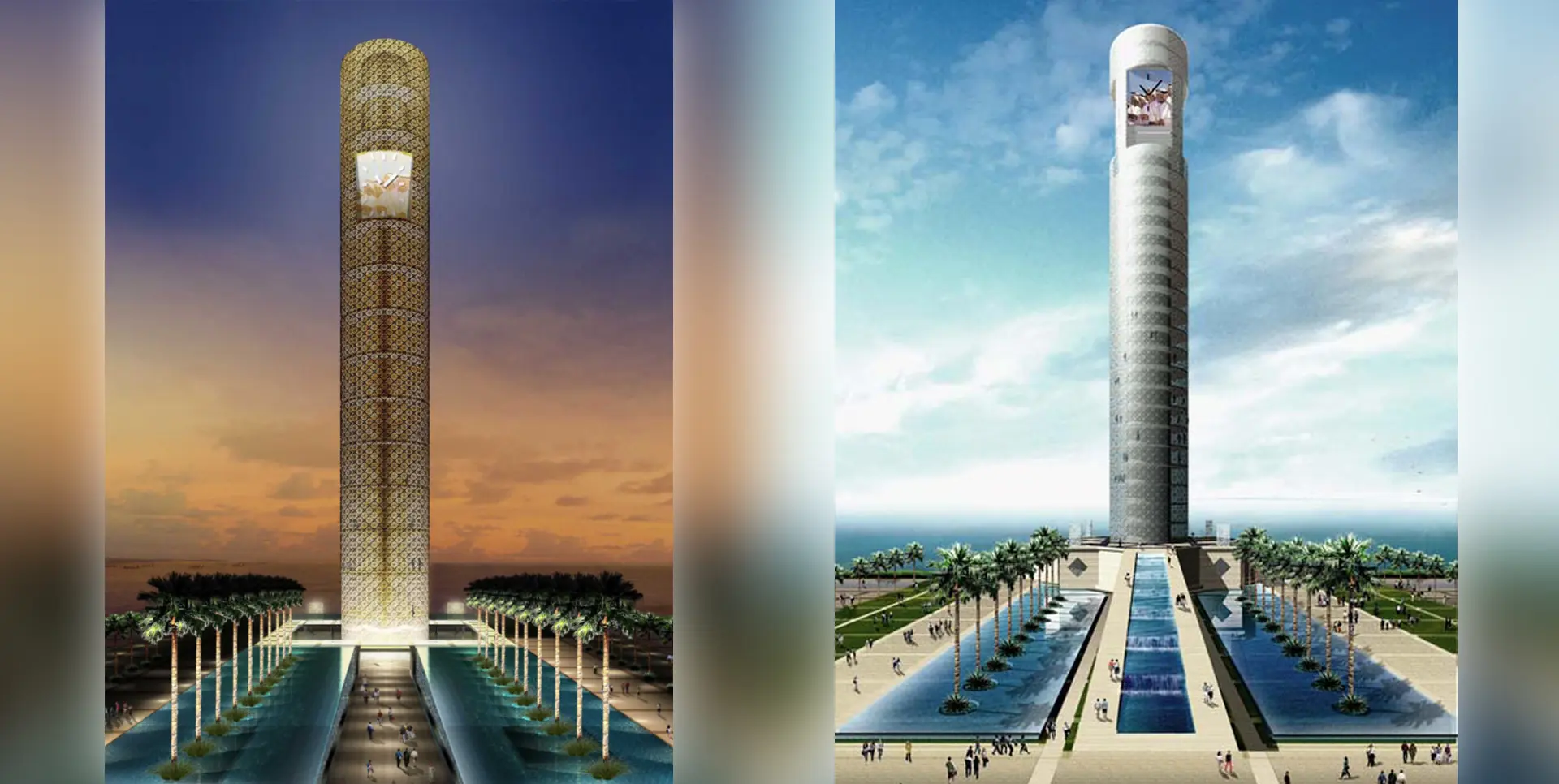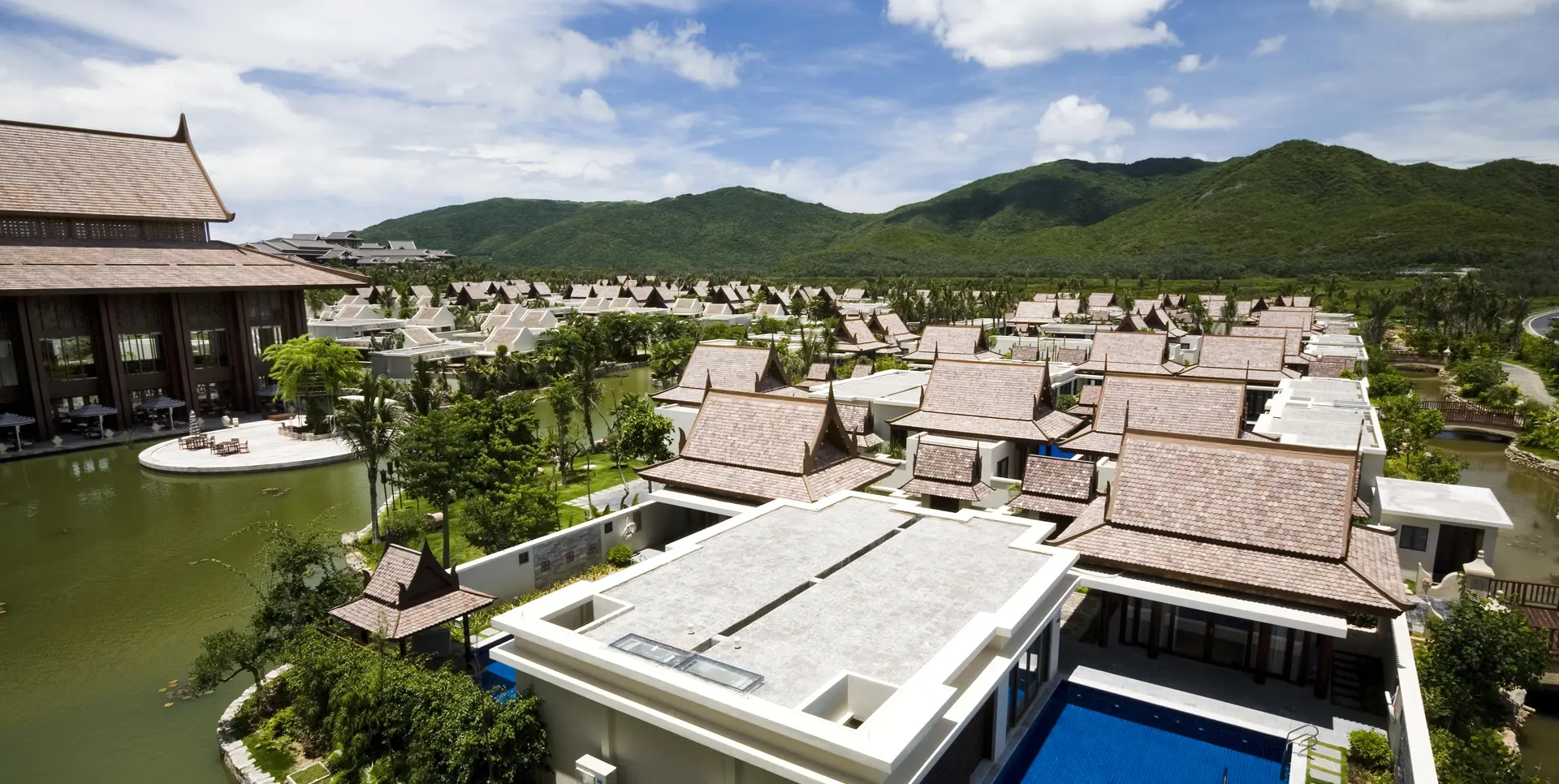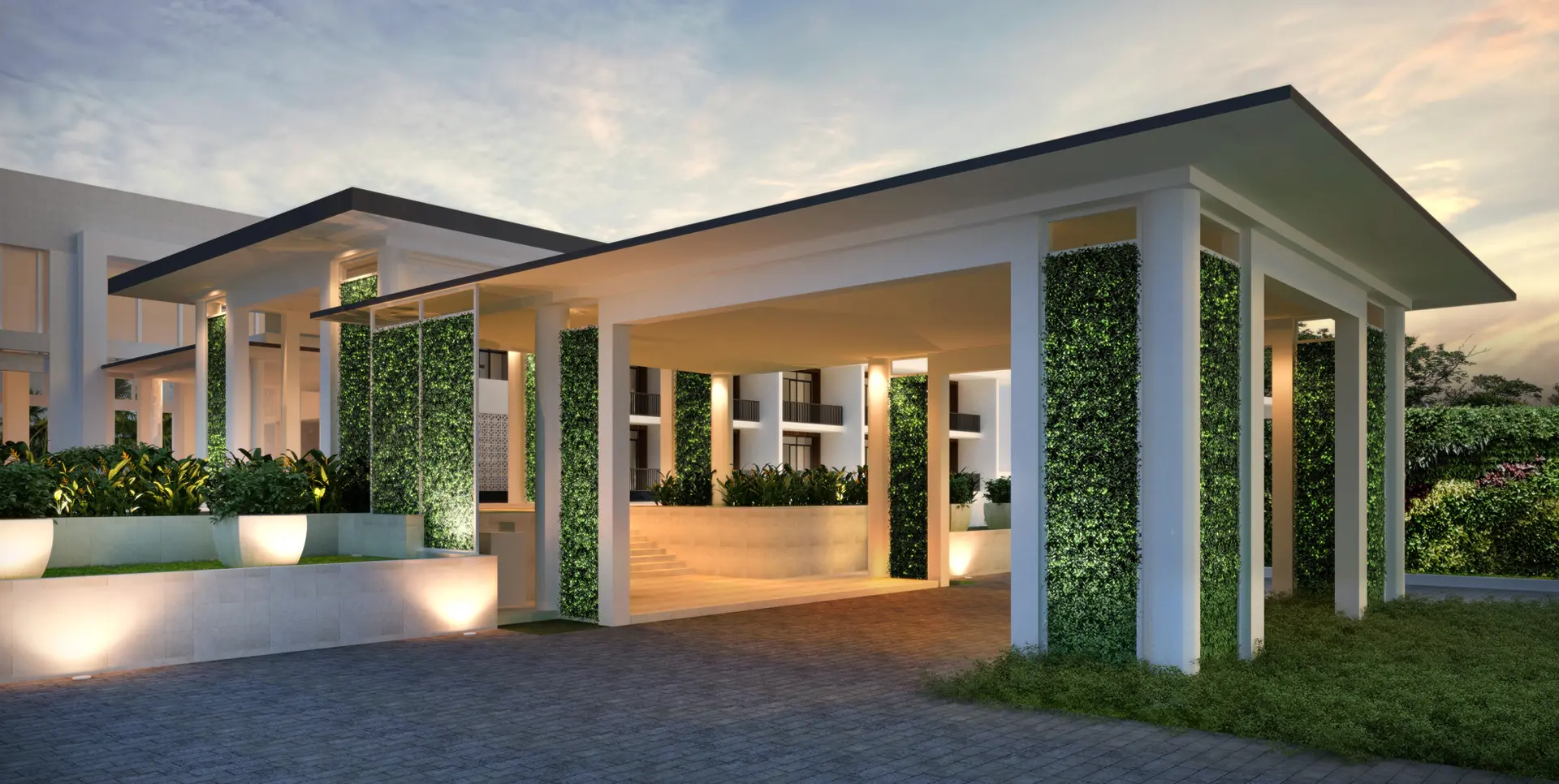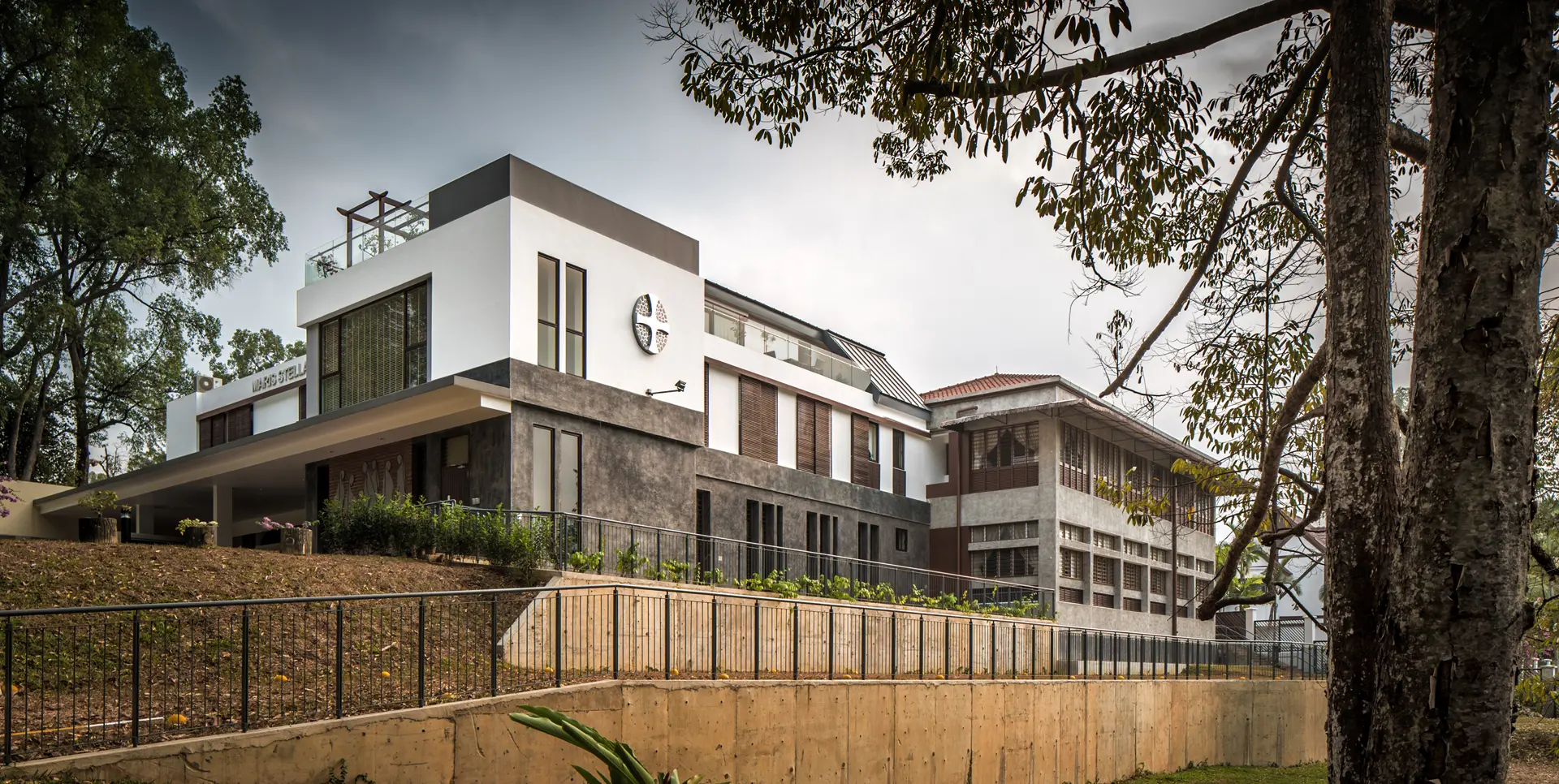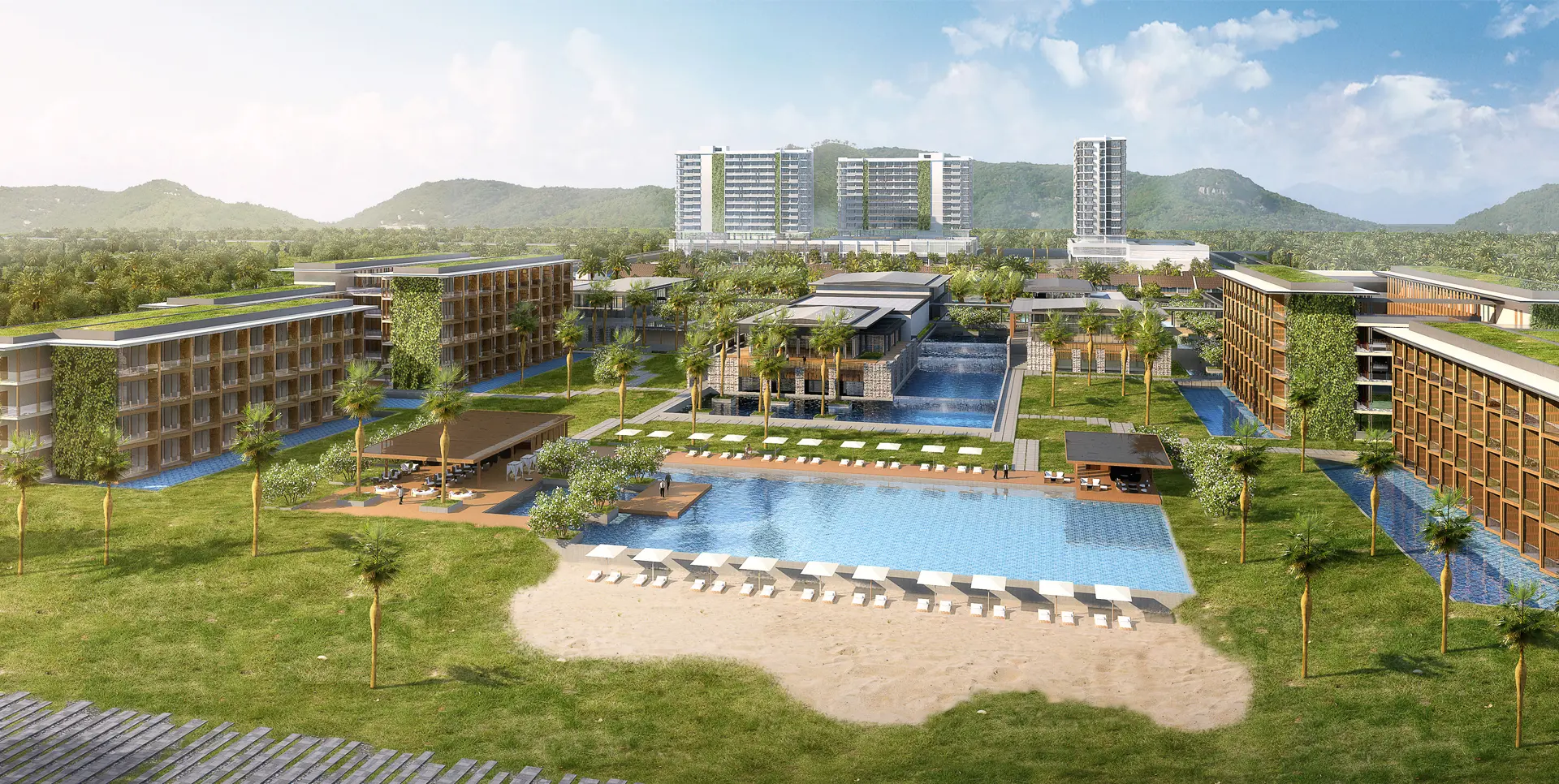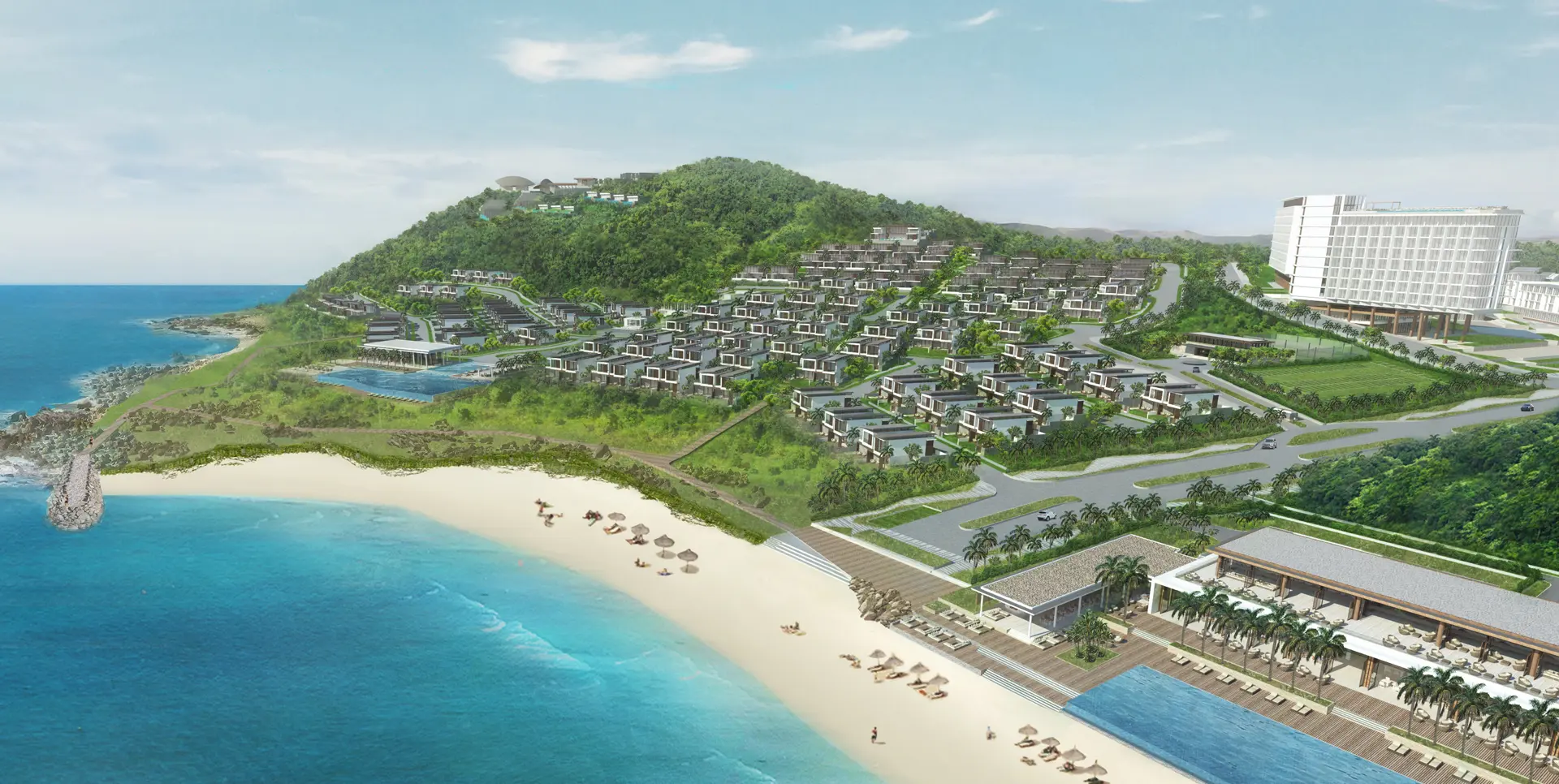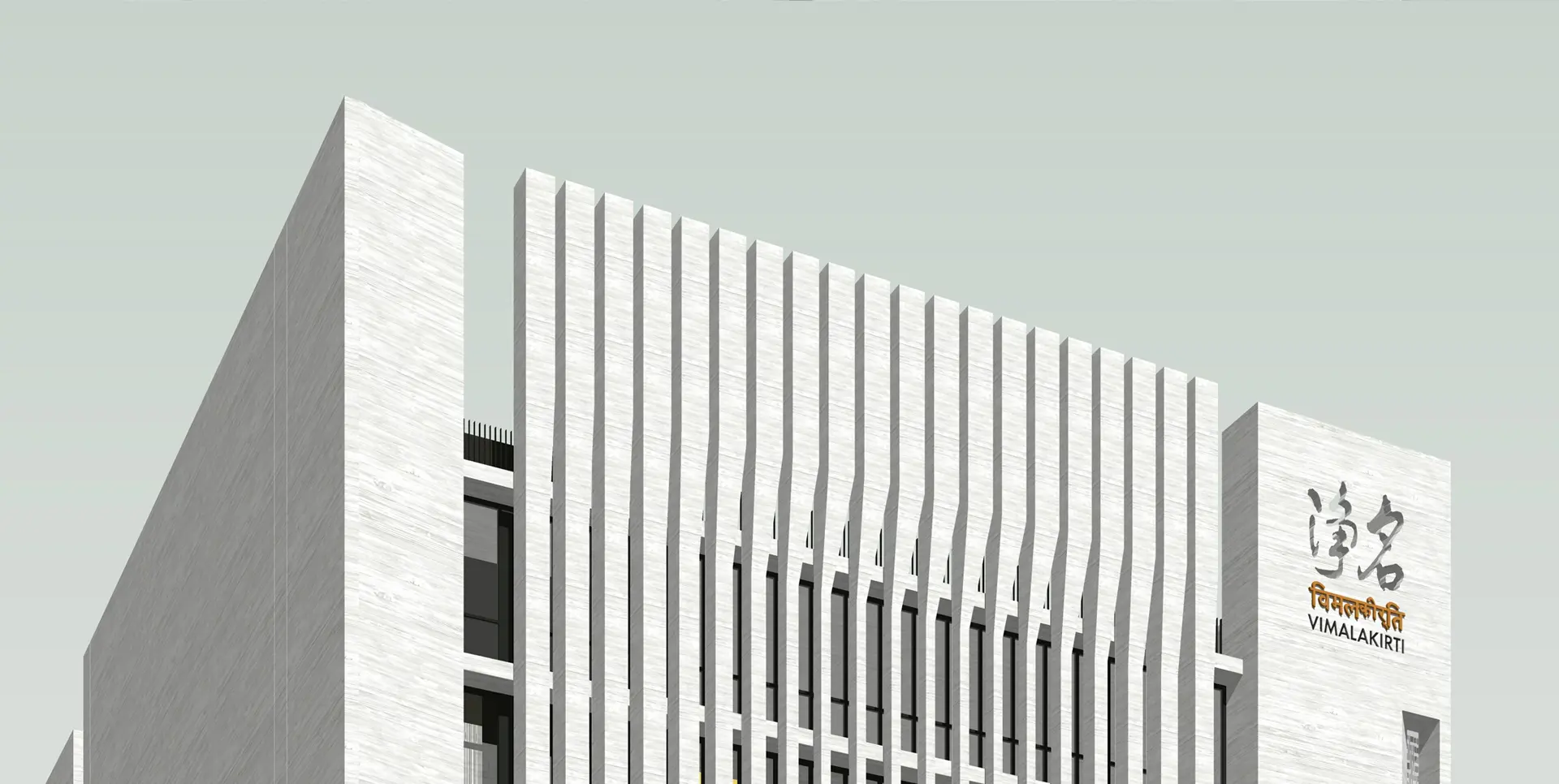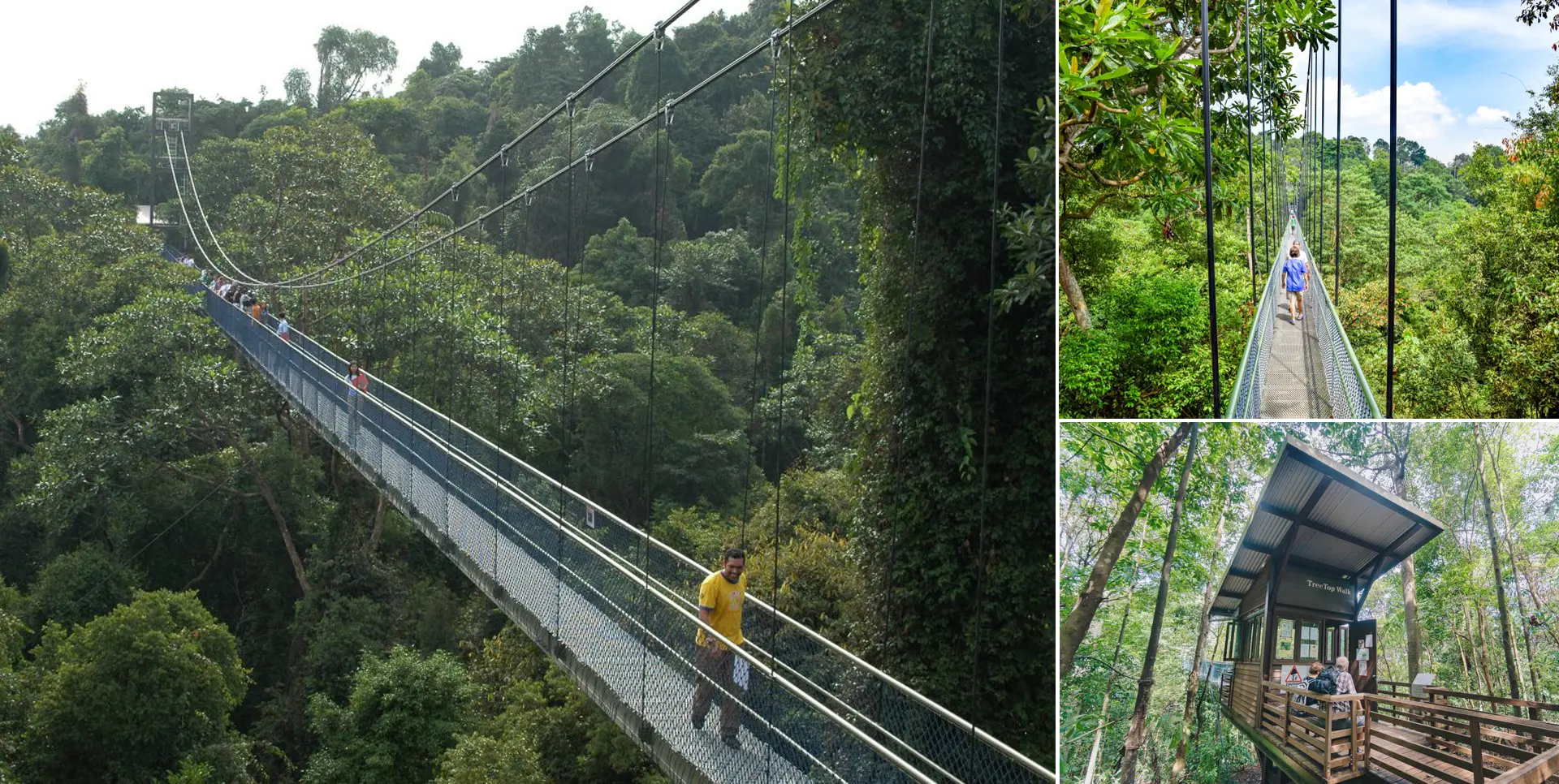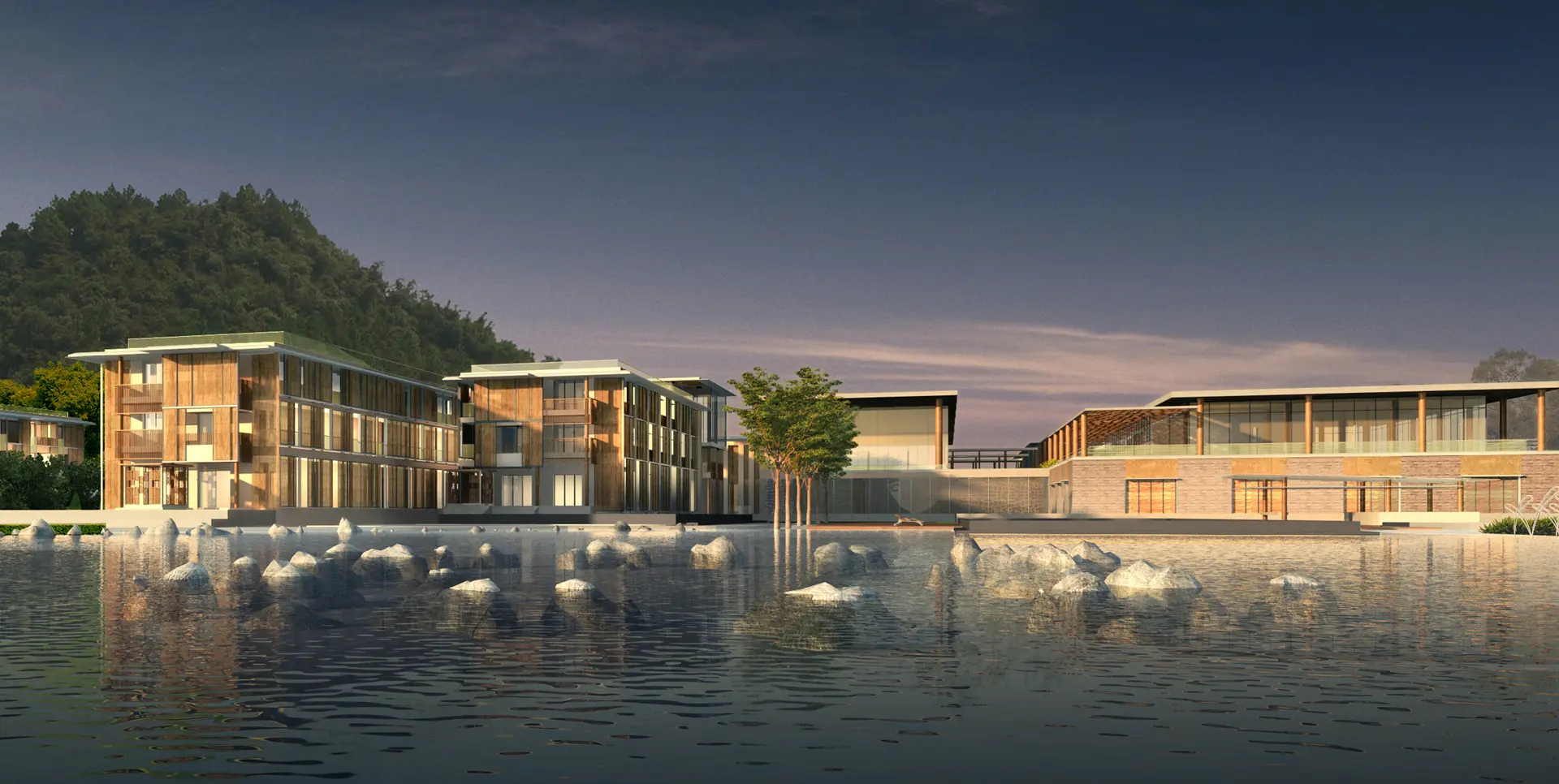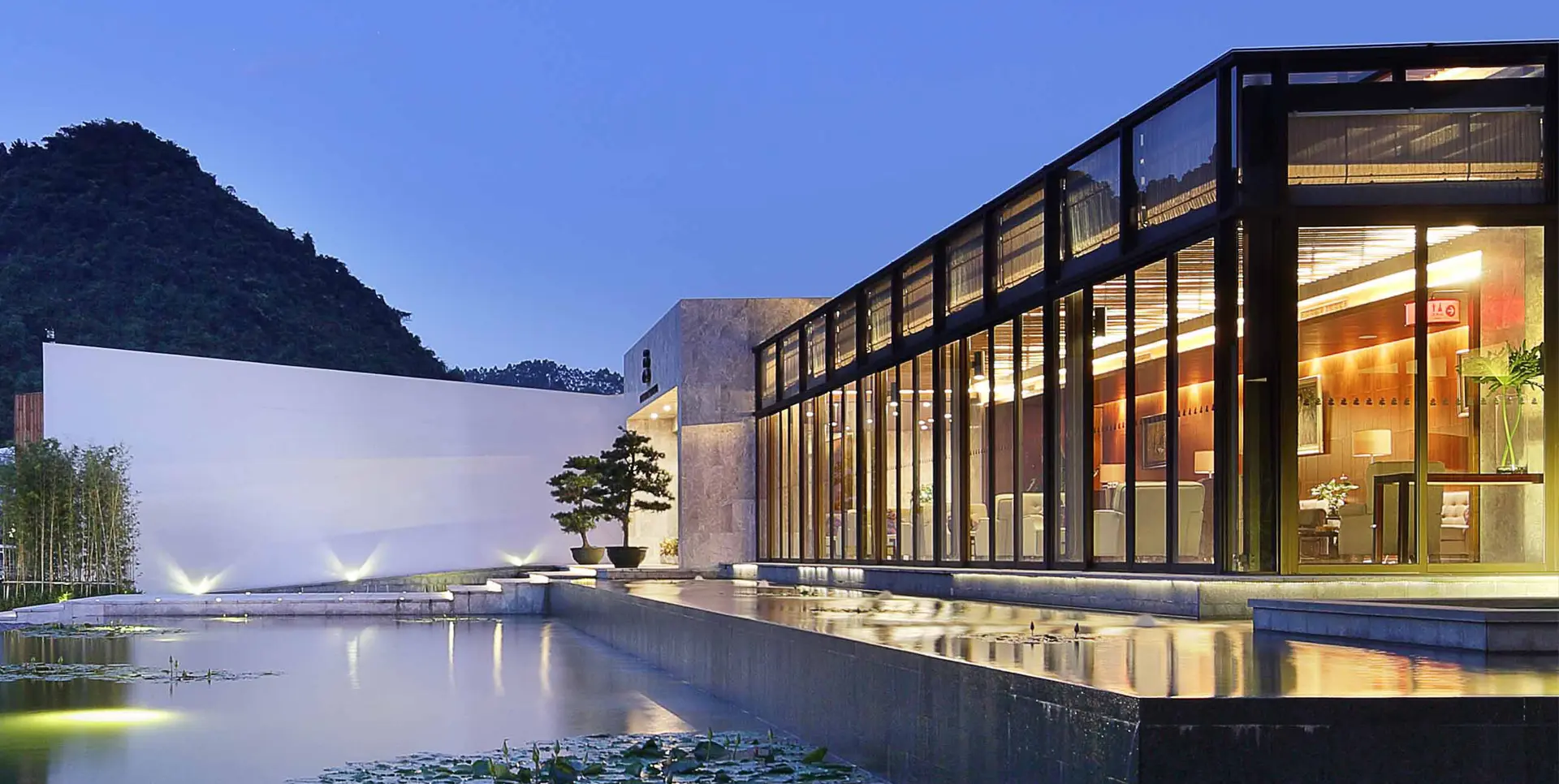Assisi Hospice redefines end-of-life care through architecture that heals. As Singapore’s first new-generation hospice, the design is guided by the philosophy of creating a peaceful, home-like environment rather than an institutional one. Rooted in empathy, the building is organized around a central courtyard and lush landscape, allowing every patient access to nature, daylight, and dignity. Architecture and landscape come together to soften the experience of palliative care—supporting emotional connection, family bonding, and moments of reflection in a sanctuary designed for life’s most delicate stage.
Generous communal spaces—including a Common Dining Room and Lounge—encourage interaction and togetherness, while additional bed space in patient rooms allows family members to stay overnight. Dedicated areas for celebrating birthdays, anniversaries, and other special milestones ensure that meaningful moments can still be cherished, even in the final chapters of life.
The architectural language of Assisi Hospice blends warmth and clarity through carefully selected materials, shading elements, and spatial rhythms that prioritize human experience. Natural ventilation and soft daylight are introduced through operable windows and louvered façades, creating an environment that feels calm, breathable, and close to nature. Indoor spaces extend outward to landscaped terraces, fostering a sense of openness and comfort while maintaining privacy. This holistic design approach not only supports the physical needs of patients but also nurtures emotional wellbeing—elevating the hospice beyond functionality into a true sanctuary of care.
Location
Singapore
Completion
2016
GFA
13,319 sqm
Client
Assisi Hospice
Services
Architecture, Landscape
Awards
- German Design Award Special 2019 – Special Mention, Architecture
- World Architecture Festival 2017 – Finalist in Healthcare Category
- Singapore President’s Design Award 2017 – Design of the Year Finalist
- BCA Green Mark 2017 – Platinum Award
Architecture of Compassion
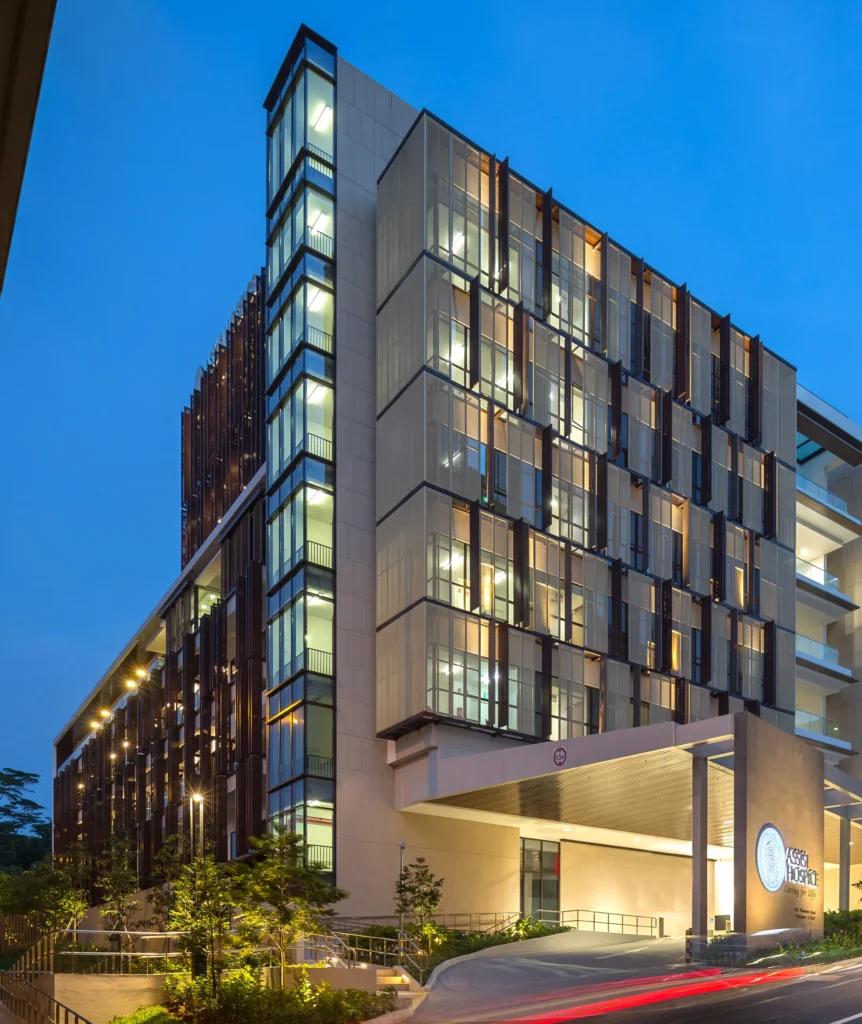
Assisi Hospice’s architectural expression evokes serenity through a façade of gentle textures, rhythmic vertical fins, and generous glazing. The building’s staggered layers and transparent corners allow natural light to flow into interior spaces while maintaining privacy and thermal comfort. At night, the structure becomes a warm beacon of solace, glowing from within and reaffirming the building’s role as a sanctuary. Every detail—from the canopy at the entrance to the elevated gardens—is thoughtfully considered to enhance the emotional and physical comfort of patients, families, and caregivers.
Beyond aesthetics, the architecture embodies the hospice’s mission of holistic care. Patient wards are arranged to provide both community and solitude, with every room offering direct views to nature. Corridors are wide, softly lit, and punctuated by moments of stillness—quiet corners, benches, and open gardens—designed to encourage pause and reflection. These spatial interventions are not only functional but deeply human, affirming life’s dignity even in its final chapter.
The integration of landscape is central to the healing experience. Green roofs, inner courtyards, and therapy gardens form a cohesive ecological framework that soothes and restores. These green spaces are designed not merely as aesthetics but as active participants in care—encouraging mobility, sensory engagement, and gentle connection with the rhythms of nature. Architecture, landscape, and care converge at Assisi Hospice, creating a sanctuary where compassion is not just practiced, but built into the very fabric of space.
Healing Through Design – Gardens and Interiors of Assisi Hospice
The garden terraces of Assisi Hospice are more than just green roofs—they are elevated sanctuaries designed to foster healing through connection with nature. These landscaped platforms bring biodiversity and visual relief to each ward level, while enabling outdoor access for patients in wheelchairs and beds. Views of treetops, sky, and distant neighborhoods soften the clinical experience and create a bridge between the hospice and the wider world.
Inside, the hospice embraces a warm and domestic material palette, where timber accents, soft lighting, and residential-style furnishings provide a calming and dignified environment. Each room is crafted for privacy yet remains visually open to greenery and light, offering moments of solitude and comfort. The interior spaces—from patient suites to family lounges—emphasize ease of movement, acoustic softness, and emotional security, supporting holistic care beyond medical needs.
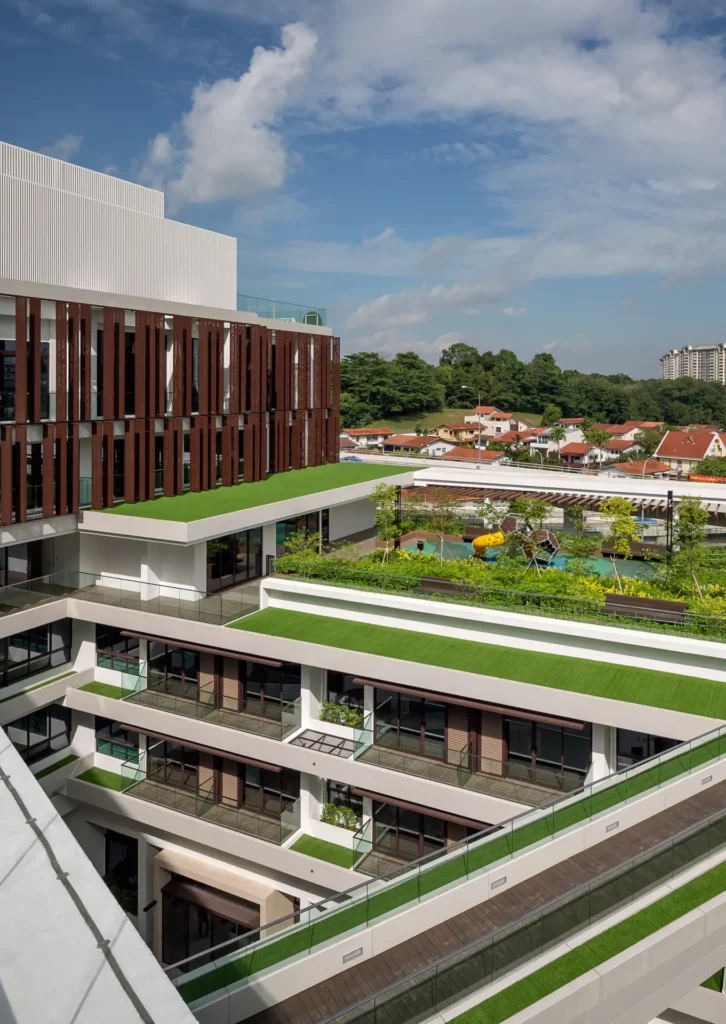
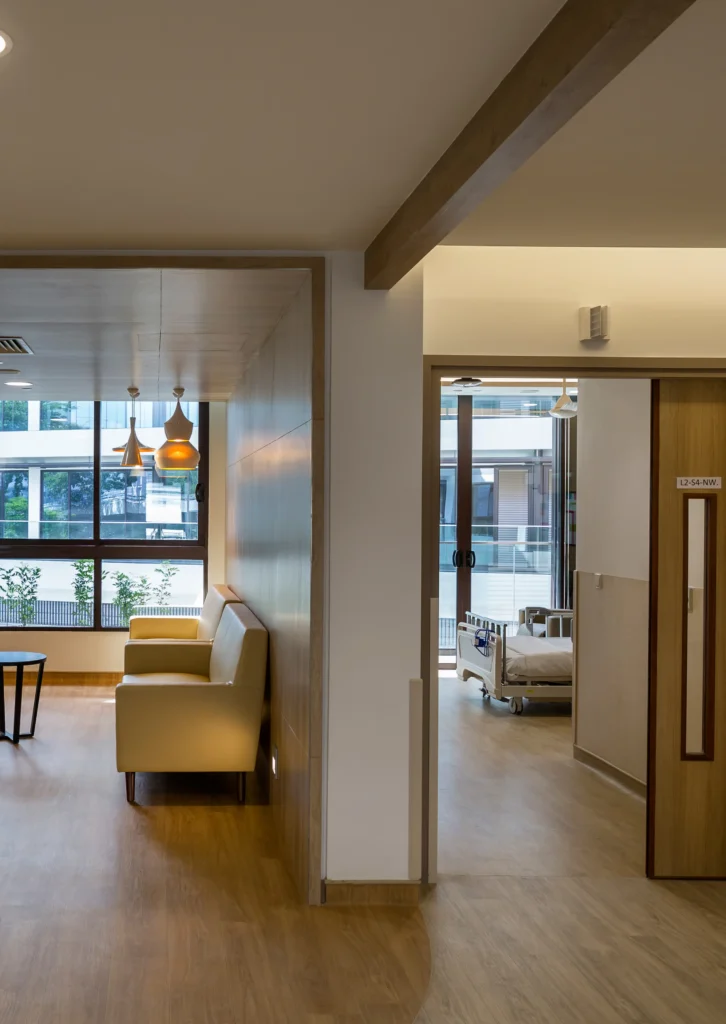
Assisi Hospice exemplifies how architecture can serve as a compassionate caregiver—balancing clinical function with emotional healing. From its garden rooftops to its softly lit interiors, every design element contributes to a nurturing atmosphere that respects the dignity of life’s final chapter. More than a facility, it is a sanctuary that affirms the human spirit through thoughtful spatial gestures, reinforcing that care extends far beyond medicine.
